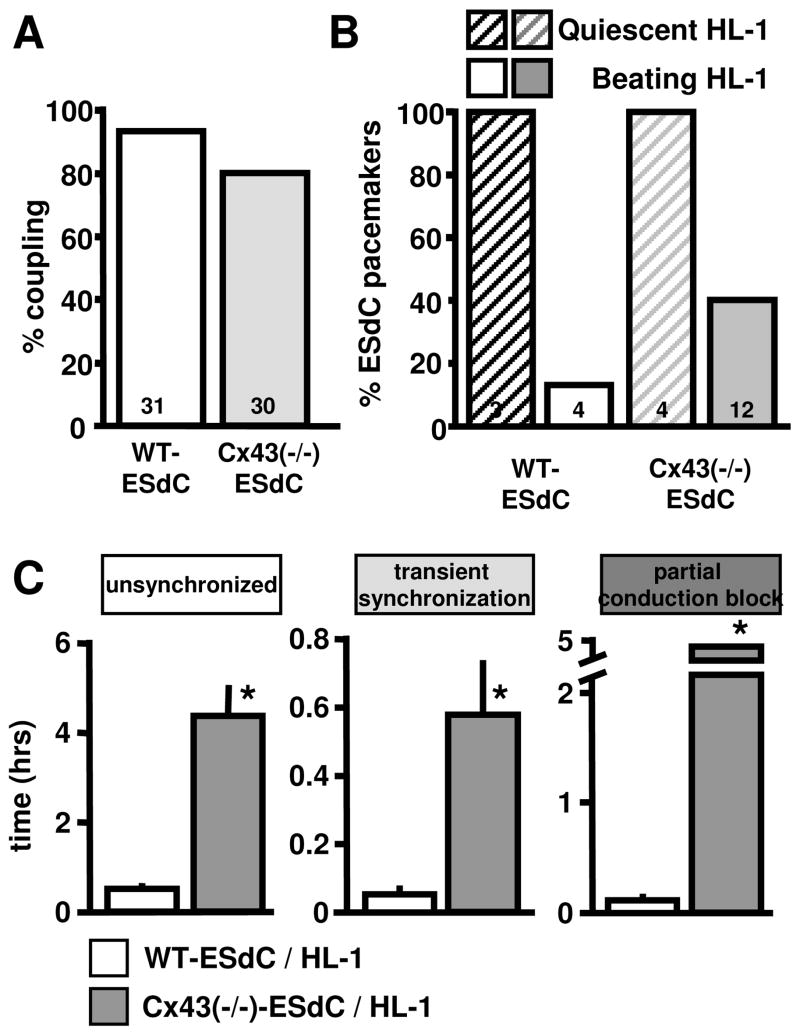Figure 4. Cx43(−/−)-ESdCs make a better pacemaker.
(A) Percentage of WT- and Cx43(−/−)-ESdCs that establish electrical coupling with HL-1 cells in co-culture. (B) Percentage of WT- and Cx43(−/−)-ESdCs that obtain pacemaker dominance when co-cultured with quiescent HL-1 monolayers (hatched bars), or spontaneously active HL-1 monolayers (filled bars). Cx43(−/−)-ESdC are more likely gain pacemaker dominance over spontaneously active HL-1 monolayers (40 % vs. 13 %). (C) Comparison of the time that it takes for WT- (white) and Cx43(−/−)-ESdCs (grey) to establish intercellular coupling with HL-1 monolayers. Cx43(−/−)-ESdC reside significantly longer in the phases of unsynchronized, transiently coupled, and partial conduction block activity.

